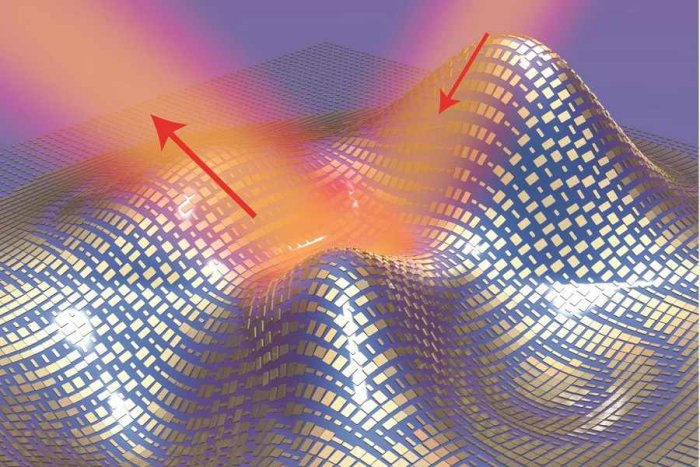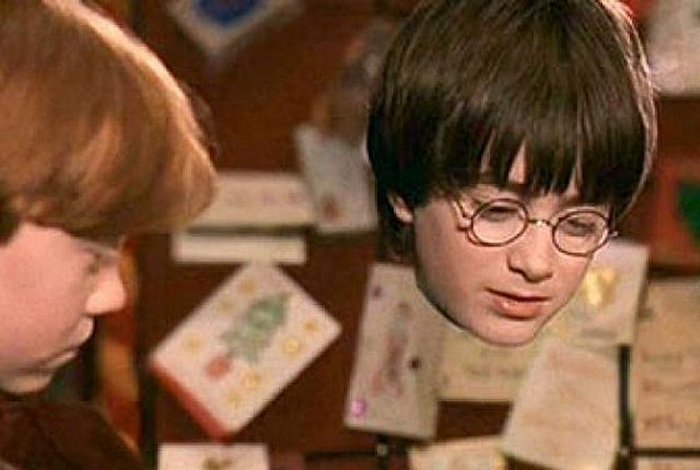Star Trek And Harry Potter’s Invisibility May Have Just Been Invented – Researchers Say
MessageToEagle.com – Invisibility cloaks are a staple of science fiction and fantasy, from Star Trek to Harry Potter, but don’t exist in real life, or do they?
In recent years a remarkable progress has been made in research on invisibility.
An ultra-thin flexible material has been developed that can wrap around an object and make it vanish.
Although the “invisibility skin” has only been tested at microscopic scales, scientists believe it should be possible to create larger versions in the future.
The 80 nanometre thick film is made from gold “nanoantenna” blocks that interfere with the normal scattering of light waves.
In the test, the “cloak” was wrapped around a tiny lumpy and dented “bump” measuring 36 micrometres square – about the size of a few living cells. Once activated by switching the polarisation of the nanoantennae, it made the object invisible.

Lead researcher Dr Xiang Zhang, from the US Department of Energy’s Lawrence Berkeley National Laboratory, said: “This is the first time a 3D object of arbitrary shape has been cloaked from visible light.
“Our ultra-thin cloak now looks like a coat. It is easy to design and implement, and is potentially scalable for hiding macroscopic objects.”
In the Harry Potter stories, the boy wizard hides from his enemies using a cloak that renders the wearer invisible. It works by magic rather than the light-channelling “metamaterials” used by scientists.

Metamaterials have features smaller in size than the wavelength of light, allowing them to re-route incoming light waves.
Previous invisibility experiments have produced bulky, rigid designs that cannot be adapted to different environments.
The technology, described in the journal Science, holds promise for applications such as high resolution microscopes, super-fast optical computers, and 3D displays.
However it is still a long way from providing the perfect camouflage for soldiers and military vehicles, or allowing spies to creep around unseen.
Any movement by the object being hidden currently breaks the invisibility “spell”. Also, the “cloak” only works over a limited range of light wavelengths.
MessageToEagle.com
source: Berkeley Lab










